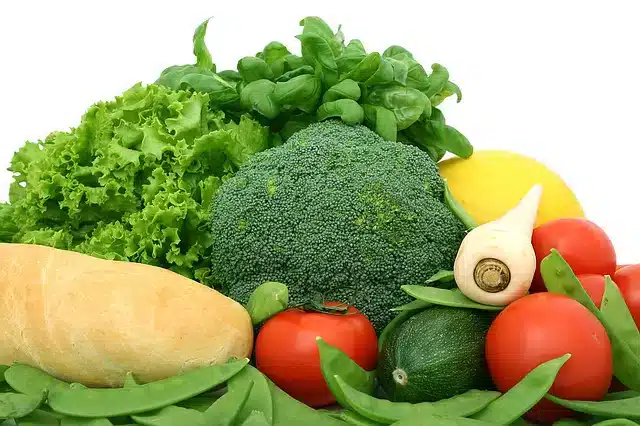In March 2023, USDA published a report titled More and Better Choices for the Farmer: Promoting Fair Competition and Innovation in Seeds and Other Agricultural Inputs. In this report the authors acknowledged the vegetable seed breeding market has seen some consolidation but, for the most part, the specialty crop sector is diverse and fragmented with acceptable levels of competition. Will this be the case in the future and what trends will we see?
Part of the answer lies in the question: why is the vegetable seed sector more diverse and independent vs commodity crops?
The vegetable seed market is more fragmented perhaps by the sheer diversity of crops in the category and by the multiple segments within each crop — indoor, outdoor, fresh, processed, etc. It is difficult for one company to dominate in all crops for all segments. The nature of our business is that each company has their own expertise and market dominance. There are breeding companies that focus on leafy vegetables and others that focus on processing crops. Companies that breed one single crop/segment and others that breed dozens of crops. Some companies dominate in warm arid conditions and others’ strengths are in northern growing conditions. Yet all these breeding companies have the same challenge — to keep up with changing markets and growing conditions to remain competitive.
New technologies

One significant trend in the vegetable seed industry is the need to collaborate with other industries to meet these market demands. The market development race has always been a part of our industry but now with issues such as climate change and rapid market shifts, we see more demand than ever to be quicker and more efficient.
There is tremendous opportunity for the biological pest control industry, the agricultural engineering industry (including robotics), and artificial intelligence industry to cooperate with plant breeders. It really is a win/win model. The industry technology company can work with the plant breeders and communicate their pain points in their designs.
Often with a simple breeding project, breeders can design the trait to make the efficiency of the technology, equipment, or process better.
Universities
The USDA report mentioned, and with concern, how there are fewer public breeding programs in our universities. Public institutions also can benefit with the trend towards collaboration. Many modern technologies (including innovative breeding methods) originate from the university system and, as they use collaborative association with commercial stakeholders, increased revenue and growth will come to the public sector. The vegetable breeding sector has examples where groups of breeding companies collaborate in cooperative basic research programs and share the outcomes with the industry. A few examples are the Keygene initiative in the Netherlands and the Seed Biotechnology Center at UC Davis. Since 2006, UC Davis Plant Breeding Academy has trained over 400 plant breeders covering all different crops.
Licensing opportunities
In recent time we also see the development of new companies in the marketplace who some have called the Breeding Company 2.0. These companies don’t fit the traditional vegetable breeding company model but often focus on one or a few specific traits and then licence these innovations to other breeding companies. Large companies can benefit, but small breeding companies can too with access to advance breeding events that would be difficult financially without the high level of research capital.
The vegetable seed industry must grapple with many challenges ahead, from climate change to policies around new technologies to changing market demands. Is your company using collaboration to best meet these and other challenges?












